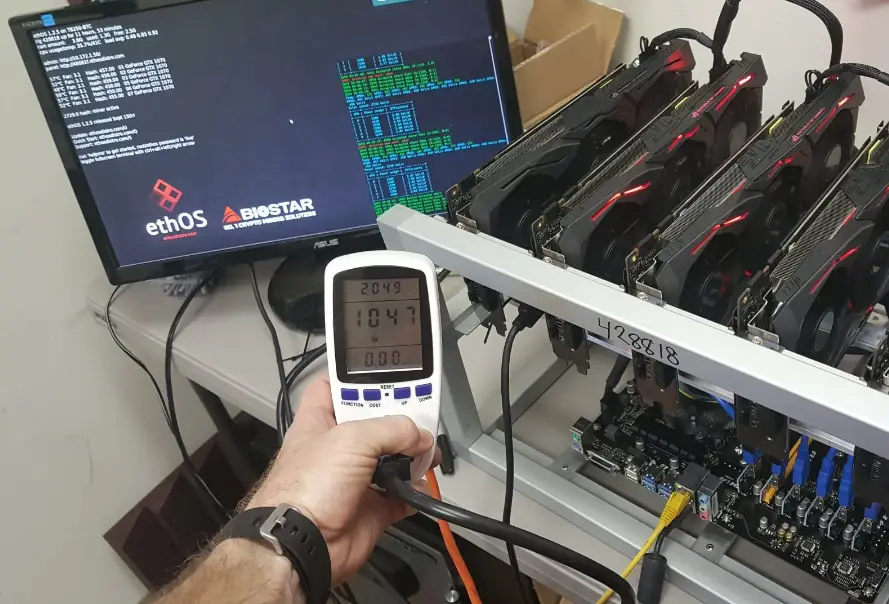The Transition Beyond Mining: When Will Ethereum Mining Cease?
As the Ethereum blockchain evolves towards a more sustainable and scalable future, the role of mining in securing the network is set to undergo a significant transformation. Ethereum, like many other cryptocurrencies, relies on mining as a critical component of its consensus mechanism. However, with the ongoing transition to Ethereum 2.0 and the Proof-of-Stake (PoS) consensus, the era of Ethereum mining will eventually come to an end. In this blog post, we will explore the timeline for the cessation of Ethereum mining and the implications of this groundbreaking shift.

- Ethereum 2.0: A Paradigm Shift: Ethereum 2.0 is a major upgrade aimed at addressing the network’s scalability and energy consumption challenges. As part of this multi-phase upgrade, Ethereum is transitioning from the current Proof-of-Work (PoW) consensus to a more energy-efficient and environmentally friendly Proof-of-Stake (PoS) consensus.
- The Beacon Chain and Proof-of-Stake: The first phase of Ethereum 2.0, known as the Beacon Chain, was launched in December 2020. The Beacon Chain is the PoS blockchain that runs parallel to the existing PoW Ethereum mainnet. Validators participate in securing the network by staking their Ether (ETH) as collateral.
- The Merge: Integrating PoW and PoS: The next significant milestone is “The Merge,” also known as Phase 1.5, which will mark the integration of the PoW Ethereum mainnet with the PoS Beacon Chain. At this point, Ethereum mining, as we know it, will cease. PoW will be retired, and Ethereum will operate entirely on the PoS consensus.
- The Timeline for The Merge: While specific timelines for The Merge may be subject to change due to the complexity of the upgrade, it is anticipated that Ethereum developers and the community will proceed with caution to ensure a smooth and secure transition. Validators on the PoS Beacon Chain will play a crucial role in confirming transactions and securing the network, replacing the computational work of miners in the PoW model.
- Benefits of The Merge: The transition to PoS through The Merge offers several advantages:a. Energy Efficiency: PoS requires significantly less energy than PoW, making Ethereum more sustainable and environmentally friendly.b. Scalability: PoS can handle a higher number of transactions per second, improving the network’s overall scalability.c. Decentralization and Security: PoS incentivizes users to become validators, leading to a more decentralized network that remains secure through economic incentives.
- The Future of Ethereum: Once The Merge is complete, Ethereum will continue its journey of development and improvement. The implementation of Ethereum 2.0 will unlock new possibilities for decentralized applications, further enhancing Ethereum’s role as a pioneering smart contract platform.
Conclusion:
As Ethereum embarks on its transformative journey towards Ethereum 2.0, the era of Ethereum mining is coming to an end. The integration of PoS through The Merge represents a momentous shift towards energy efficiency, scalability, and decentralization. The Ethereum community’s commitment to innovation and sustainability will undoubtedly shape the future of blockchain technology and open doors to new opportunities for developers, businesses, and users worldwide.
As we look ahead to the final stages of Ethereum mining, we witness the progress of the decentralized revolution, where Ethereum continues to be at the forefront of pioneering blockchain solutions. The cessation of mining is not the end, but rather the beginning of a new era for Ethereum and the broader blockchain ecosystem.